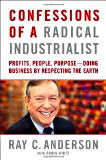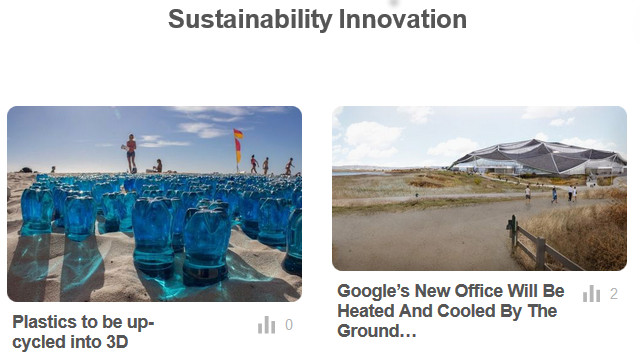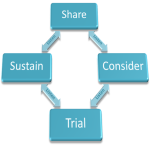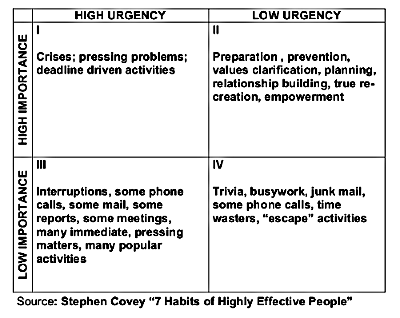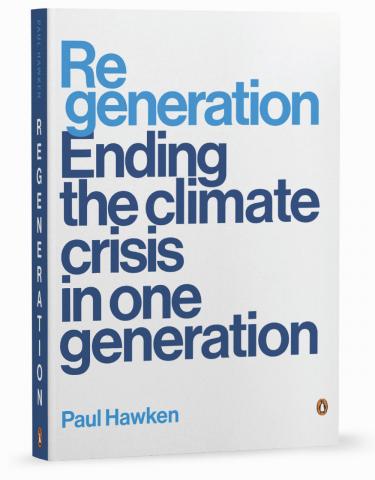6 ways to screw up any sustainability message

Not getting the results you want in your messaging? Maybe there’s a reason.
I’m repeatedly surprised (and disappointed) by how little many extremely smart sustainability advocates seem know about the art and craft of influencing.
Poorly crafted sustainability messages are as destructive as any other form of junk mail. How many of these screw-ups have you seen recently?
1. Only talk about the bad news and a dire future…
Where have you seen people ignoring the research evidence that that permanent, pervasive, personal problems generate helplessness and inaction?
Keep banging the catastrophe drum. Count on fear to motivate people to change, but don’t give them any constructive, personal action to take today. Definitely don’t tell them about the decades of successful development and testing that have been done.
(Alternative: Learn about how to create optimism and find ways to deliver a positive message that’s tailored to your audience.)
2. Keep endlessly telling people WHY to change – and no more…
Don’t tell them WHAT to change or what the alternative is. Don’t tell them HOW to go about making change happen! Don’t tell them WHAT ELSE they could benefit from by implementing the change.
(Alternative: Find out about different learning styles and how to meet the needs of all your audience.)
3. Keep having conversations where you only SHARE what’s required…
Don’t move on to more active conversations where you ask people to CONSIDER a new practice, to TRIAL it, or to SUSTAIN it.
(Alternative: Get your head around the learnable skills of Generative Innovation – how to influence, blend around resistance, and move from idea to adopted practice.)
4. Keep going on about exciting new technologies and revolutionary business models…
Ignore the stats that only 2.5% of the population are innovators and 12.5% are early adopters. Don’t work with the reality that the majority (both the early majority and the late majority) are primarily concerned with social needs and want social proof from their peers.
(Alternative: Learn how about innovation diffusion and what it takes to migrate products across the chasm.)
5. Focus on arguing a logical, rational case for action…
Keep on pretending – despite all marketing evidence to the contrary – that humans are rational. Ignore the emotions, core needs and values that motivate over 85% of the population and drive their behaviour.
(Alternative: develop an understanding of human motivation and what speaks to different groups – and the deep needs and values outside most people’s awareness.)
6. Keep propagating the myths that government action and consumer frugality are “critically important”…
Keep telling the designers, engineers and architects – the people who develop and deliver the products and services we use every day – to keep doing what they’ve always done.
Keep telling the executives who brief the designers, engineers and architects that the solutions are up to government and consumers.
(Alternative: Spread the news about the design alternatives – to the designers and their bosses. Find ways to include Regenerative Economics, Circular Economy, Cradle to Cradle principles, Doughnut Economics, Systemic Design, Integrative Design, etc. into mainstream business conversations.)
Make your sustainability messaging more effective
Along with the wealth of technological advances of the past few decades, there are great tools for influencing and turning good ideas into adopted practices. If the result you’re getting isn’t working, study innovation delivery.
See my ENABLERS blog posts for some my favourites.
Want to get into action – now? I deliver this information and more, tailored to your needs in my 1:1 coaching program “Regenerative Thinking in Action“


